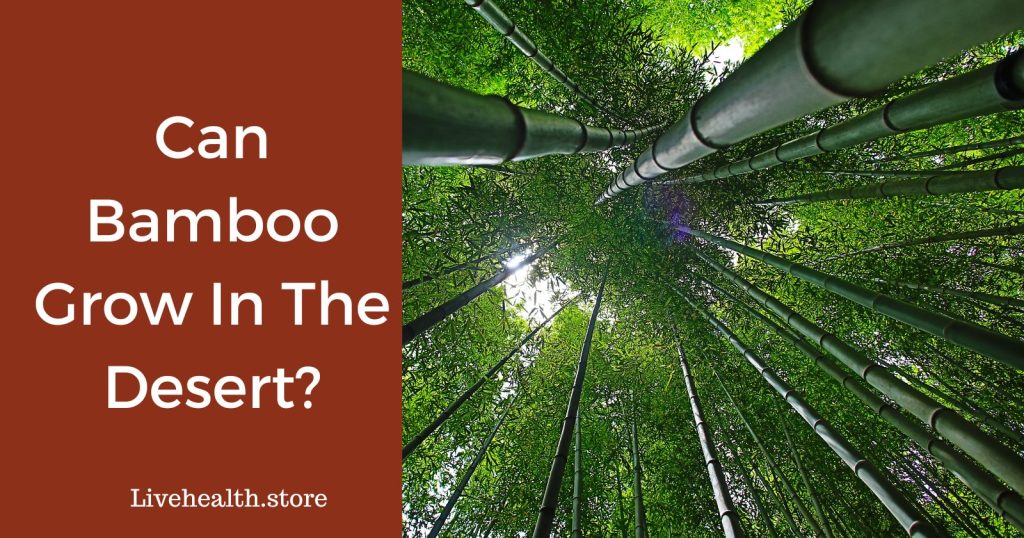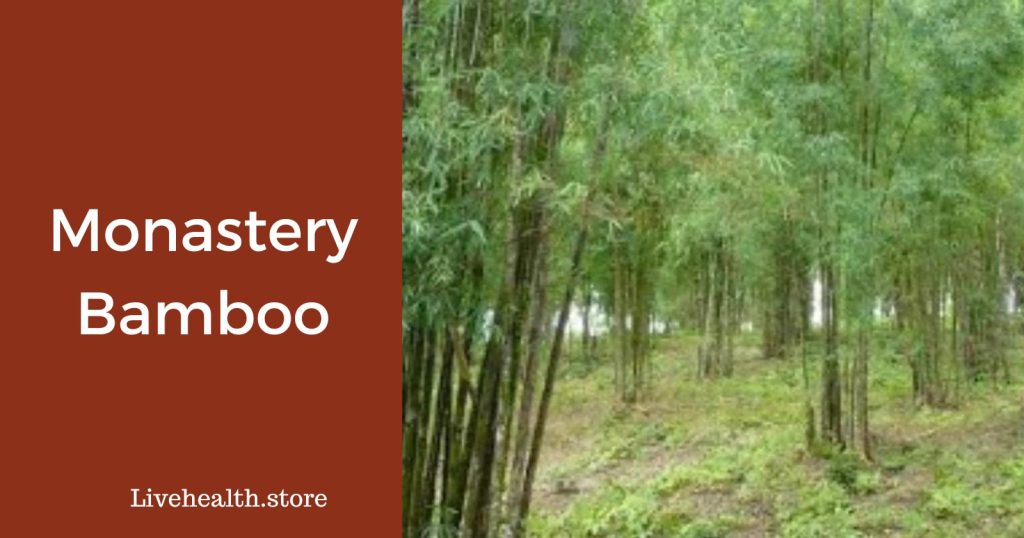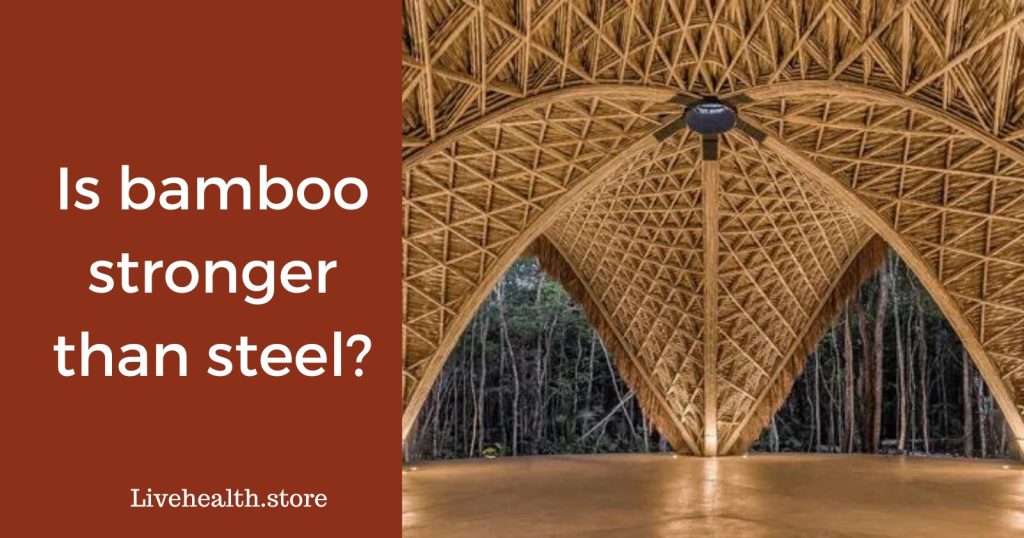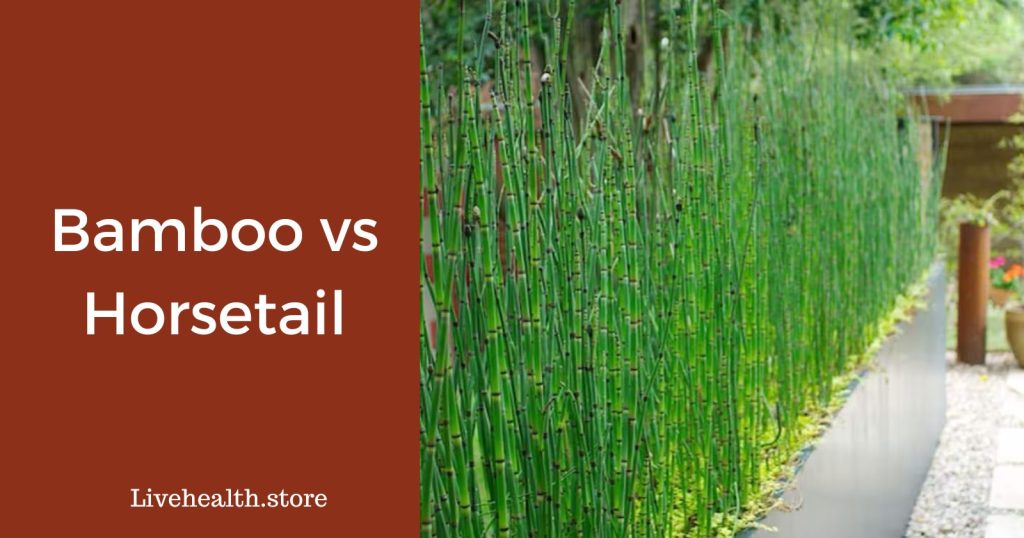Asian Lemon Bamboo
Asian Lemon Bamboo is a unique and fascinating species of bamboo that is known for its vibrant yellow color. It is native to Southeast Asia and has gained popularity for its ornamental value and various practical uses.
In this guide, we will take a closer look at the overview, characteristics, and benefits of Asian Lemon Bamboo.
Overview
Asian Lemon Bamboo, also known by its scientific name, Cymbopogon citratus, is a perennial grass that belongs to the Poaceae family. It is commonly found in countries like Thailand, Indonesia, and Vietnam.
The plant typically grows in clumps and can reach heights of up to 4 meters. It has long, narrow leaves that have a lemon-like scent when crushed or bruised.
Characteristics
One of the main characteristics of Asian Lemon Bamboo is its striking yellow color. The vibrant hue adds a cheerful and refreshing touch to any garden or landscape. Additionally, the plant is known for its fast growth rate and ability to thrive in various soil types.
Asian Lemon Bamboo has several benefits as well. It can be used in the culinary world as a flavoring agent in dishes like soups, curries, and teas. The leaves are also used to make essential oils with numerous health benefits. Moreover, bamboo stalks can be used for construction purposes or crafted into decorative items such as furniture, baskets, or musical instruments.
How to Grow Asian Lemon Bamboo?
Asian Lemon Bamboo, also known as Citrus hystrix, thrives in warm and tropical climates. It requires temperate conditions with temperatures between 70-100°F (21-38°C) and high humidity levels. This type of bamboo prefers well-drained soil that is rich in organic matter.
There are two common methods of propagating Asian Lemon Bamboo: through seeds and division. The seeds can be sown in a pot or directly into the ground after soaking them in warm water for 24 hours. Division involves separating mature clumps into smaller sections, ensuring each division has a good amount of rhizomes and shoots.
When planting Asian Lemon Bamboo, it is essential to choose a location that provides partial to full sun exposure. Regular watering is necessary to keep the soil moist but not waterlogged. Fertilization can be done with a balanced organic fertilizer during the growing season to promote healthy growth.
Once established, Asian Lemon Bamboo requires minimal maintenance. Regular pruning can help control its height and maintain its desired shape. It is also important to keep an eye out for pests and diseases, such as aphids or fungal infections, and take appropriate measures if necessary.
Remember that bamboo plants are vigorous growers, so it is important to provide ample space for their growth and control their spread if needed by installing barriers.
Care and Maintenance
- Asian Lemon Bamboo requires regular watering to keep the soil consistently moist, but not waterlogged.
- It is important to water deeply, ensuring the water reaches the roots.
- Fertilize the plant every two to three months with a balanced fertilizer to encourage healthy growth.
- Prune Asian Lemon Bamboo to remove dead or damaged canes, as well as to control its size and shape.
- Trim back any overgrown branches or shoots to maintain a compact and tidy appearance.
- Use sharp pruning shears or a saw to make clean cuts.
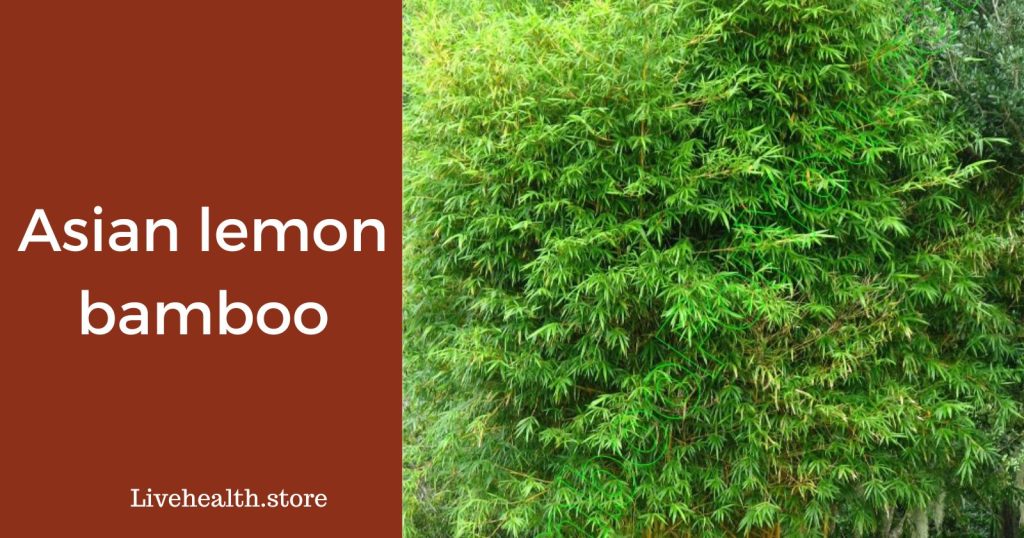
Common Uses of Asian Lemon Bamboo
Asian lemon bamboo, also known as Phyllostachys aureosulcata, is widely used for its decorative and ornamental purposes. Its vibrant yellow-green color and unique zigzag pattern make it a popular choice for landscaping and garden design.
Asian lemon bamboo can create a striking visual impact when planted in rows or clusters, adding a touch of elegance to any outdoor space.
Moreover, Asian lemon bamboo is highly valued for its practical uses in furniture and crafts. Its strong and durable nature makes it an ideal material for constructing furniture pieces such as chairs, tables, and shelves.
The bamboo's distinctive color and natural beauty also make it a favorite among artisans and craftsmen for creating decorative items like baskets, lampshades, and wall panels.
In addition to its aesthetic appeal, Asian lemon bamboo is also an eco-friendly choice. This fast-growing renewable resource requires minimal water and fertilizer, making it a sustainable alternative to traditional wood materials. Its versatility and sustainability make Asian lemon bamboo a valuable material in various industries, from home decor to construction.
Asian Lemon Bamboo Vs. Other Bamboo Varieties
When it comes to selecting the perfect bamboo variety for your garden or landscaping project, Asian Lemon Bamboo definitely stands out. Here's how it compares to other bamboo species:
| Asian Lemon Bamboo | Other Bamboo Varieties |
|---|---|
| Vibrant lemon-yellow color of culms | Various shades of green culms |
| Grows up to 30 feet tall | Varies in height depending on species |
| Fast-growing, can reach full height in 3-5 years | Growth rate varies among species |
| Ideal for creating dense privacy screens or windbreaks | Suitable for ornamental purposes or construction |
| Drought-tolerant and adaptable to various soil types | Requires specific soil and moisture conditions |
| Low maintenance, minimal pruning required | Requires regular pruning and maintenance |
With its unique lemon-yellow color, Asian Lemon Bamboo adds a vibrant touch to any landscape. It is also known for its fast growth and ability to create privacy screens and windbreaks. Additionally, this bamboo variety is highly adaptable and low maintenance, making it an excellent choice for both beginners and experienced gardeners.
Asian Lemon Bamboo and Sustainability
Asian Lemon Bamboo, also known as Citrus Retinata, is a type of bamboo that offers numerous environmental benefits. Here are some key reasons why Asian Lemon Bamboo is considered sustainable:
- Rapid Growth: Asian Lemon Bamboo is known for its incredibly fast growth rate. It can reach maturity within 3 to 5 years, making it one of the fastest-growing plants in the world. This rapid growth allows for more efficient use of land and resources.
- Renewability: Bamboo is a highly renewable resource because it can be harvested without causing damage to the plant or its surroundings. Unlike other types of trees, bamboo continues to grow after being cut down, making it an excellent alternative to hardwood.
- Carbon Sequestration: Bamboo has the ability to sequester large amounts of carbon dioxide from the atmosphere, making it an effective tool in combating climate change. The fast growth and dense structure of bamboo allow it to absorb more carbon dioxide compared to traditional trees.
- Soil Preservation: Asian Lemon Bamboo has a complex root system that helps prevent erosion and protects the soil from degradation. This makes it an excellent choice for reforestation projects and maintaining healthy ecosystems.
Hi there, I’m Sam Billings, and I’m all about sustainability. Running a printing business is my thing, but my real passion is preserving nature. That’s why I run the Live Health blog, where I focus on Bamboo plants and their eco-friendly goodness.


